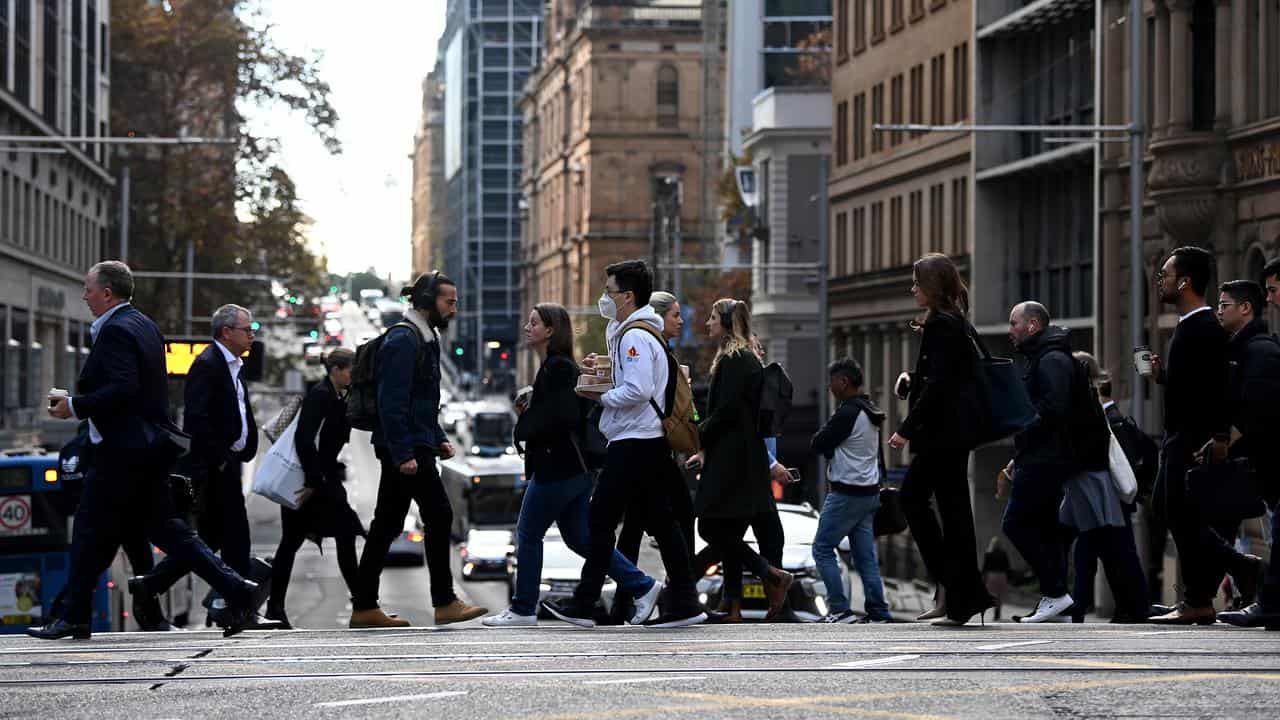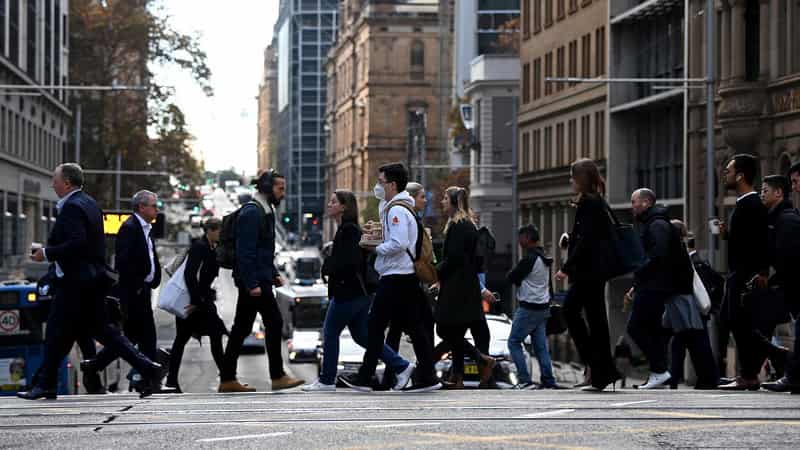
The economic spotlight this week will be on wage growth and jobs.
The Australian Bureau of Statistics will release its wage price index on Tuesday.
CommSec economists expect a modest 0.9 per cent pay packet rise for the quarter should lead to the annual rate remaining at 3.7 per cent.
Also on Tuesday, CBA will release its household spending indicator focusing on consumer trends.
And the Reserve Bank will put out the minutes of its most recent meeting at which rates were kept on hold for a second month in a row.
Outgoing RBA governor Philip Lowe explained to a parliamentary economics committee on Friday there were a number of risks which could lead to the central bank lifting rates.
These included hard-to-read trends in household spending habits and strong services inflation.
He described it as "possible" some further rate hikes would be needed to return inflation to the RBA's two to three per cent target within a reasonable timeframe.
The jobless rate is widely expected to remain steady at 3.5 per cent when the ABS releases its latest labour force figures on Thursday.
As well, average weekly earnings data will shed light on the dollar value of Australians' wages.
Investors on Wall Street are meanwhile worried inflation could still lead to interest rate rises in the US, with the concern putting a dampener on big tech stocks.
That saw the S&P 500 and Nasdaq Composite fall on Friday to post their second straight weekly losses, with hotter-than-expected producer prices data pushing Treasury yields higher and sinking rate-sensitive megacap growth stocks.
Australian futures fell 30 points, or 0.41 per cent, to 11,909.
The benchmark S&P/ASX200 dropped 17.3 points, or 0.24 per cent, to 7,340.1, while the broader All Ordinaries slipped 14.3 points, or 0.19 per cent, to 7,554.2.









